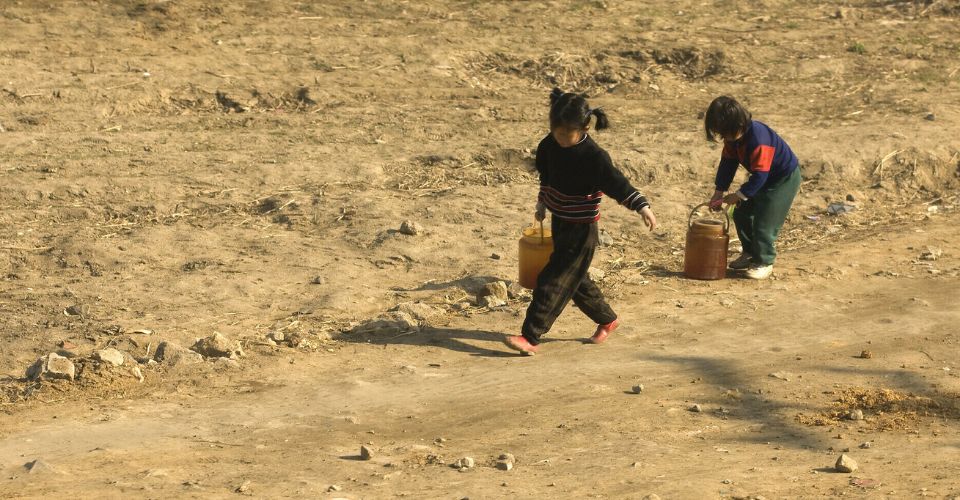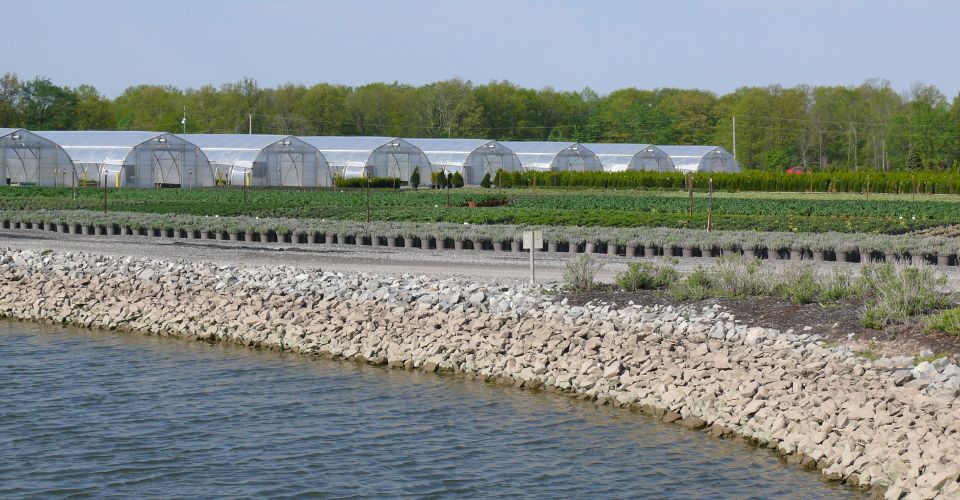North Korea's severe spring drought led to scanty drinking water
According to satellite data, several of North Korea's reservoirs have declined over the past year, sometimes substantially.
In addition to a "nationwide effort" to prevent crop damage, state media stated on Tuesday that a lack of water might make food shortages worse.
However, on a more individual level, the people are having to walk further to get water to drink, a source from the North Pyongan province in western South Korea told RFA's Korean Service on the condition of anonymity for safety concerns.

North Korea has to face drinking water scarce
We get water and drink it since there are several reservoirs, but they eventually dry up. The water supply isn't operating well, so we carry water in buckets," she remarked.
Winter makes it easier for us to get water, but spring and autumn are the toughest. We have no access to any drinking water since the water pumping station is completely empty.
According to the report, people go to the riverbed to collect water and cleanse it before drinking it.
"We don't use disinfectants, and this is an extremely dangerous condition. The source stated, "We utilize charcoal. "We distribute sand, add charcoal, cover it with water, and then drill a hole in the bucket. That is what we drink.
View from the sky
According to Bruce Songhak Chung, a researcher at the South Korean-based Korean Institute for Security and Strategy, satellite imagery of reservoirs in North Korea reveals that the water levels have been significantly lowered by the spring droughts this year and last year.
His team compared the water levels in 12 reservoirs across the nation from April 2022 to April 2023 using data captured by NASA's Landsat 8 and 9 satellites.
"We discovered that the water levels in the 12 agricultural reservoirs nationwide had decreased on a net basis from the previous year."

Water levels in North Korea’s reservoirs have decreased
According to Chung, this would cause a "crisis" while attempting to locate water for irrigation. For instance, the Ransong Reservoir in Pyonggang County, Kangwon Province, suffered a 62% loss in water.
Some reservoirs indicated an increase in water levels, based on the location, he said. "Overall, however, we can confirm that there is less water in North Korean reservoirs this year than there was last year."
Stay tuned for GoWeather to update more weather-related news!
![10 Health & Safety Precautions During Rainy Season [Be Careful]](https://admin.goweatherforecast.com/images/1732692097.png)








0 Comments
Leave a Comment
Your email address will not be published. Required fields are marked *